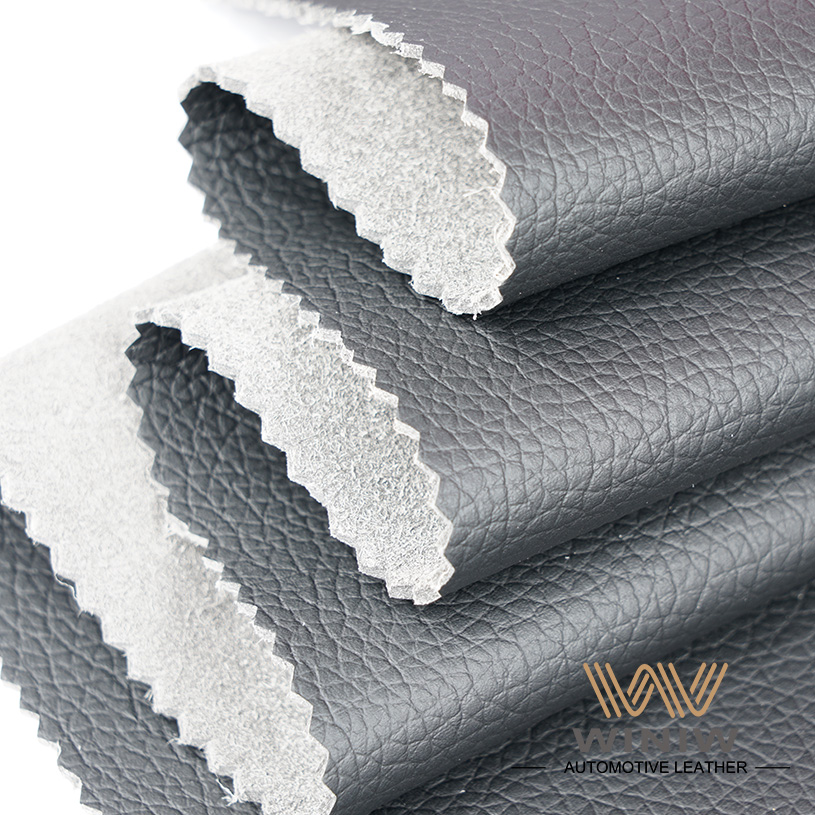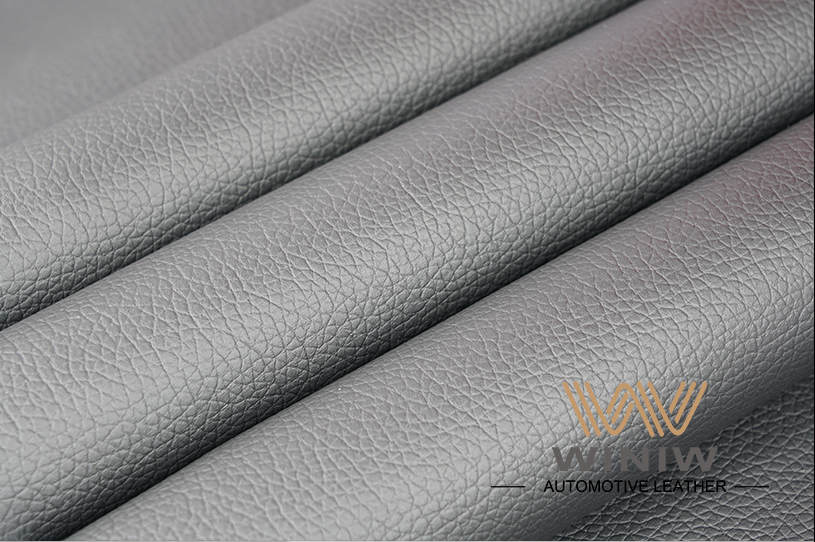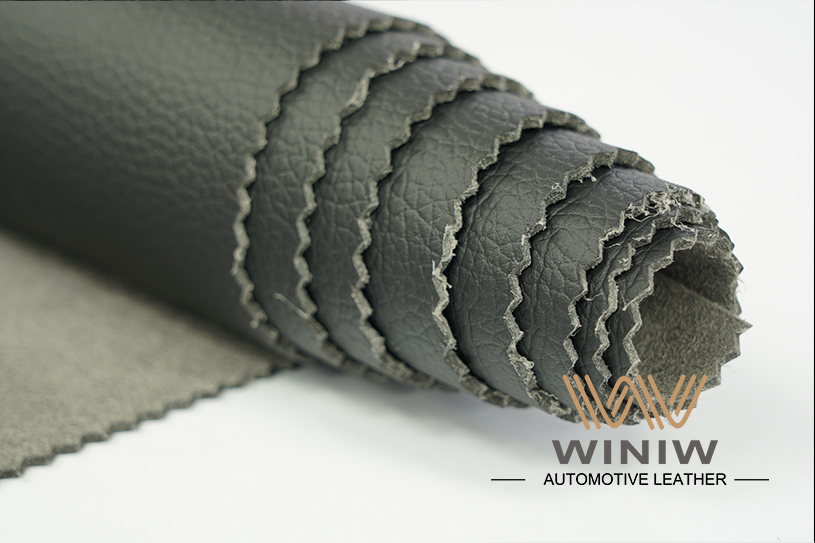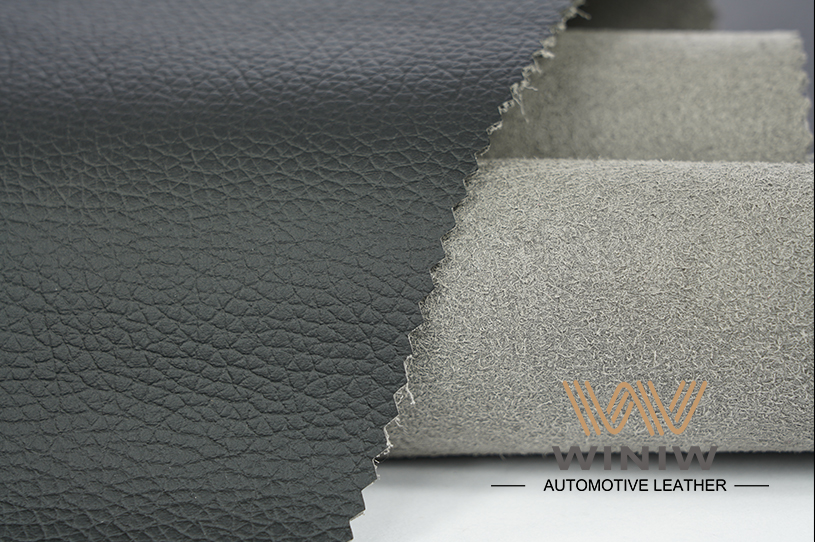24 Nov
Le matériel est différent
Le cuir Nappa choisit généralement de bien pousser le cuir de veau pour faire des matériaux, et cela a été choisi car le matériau du cuir de veau se brise rarement, appartenir au noble en peau de vache, donc le prix est également plus élevé que le cuir ordinaire.
Le cuir ordinaire est divisé en…
lire la suite 10 Mar
Combien de temps durera le cuir artificiel?
Le cuir artificiel dure généralement environ 3 à 5 années, mais ça dépend de l'utilisation. Voici quelques conseils pour que vos produits en cuir durent plus longtemps.
Conditionner le cuir: Utilisez un revitalisant pour cuir pour garder le cuir plus doux et…
lire la suite 12 Mai
Pu est du polyuréthane, et la peau PU est la peau du polyuréthane Maintenant, les fabricants de vêtements utilisent largement ce matériau pour produire des vêtements, communément connu sous le nom de vêtements en similicuir Pu est l'abréviation de l'uréthane d'emploi anglais et le nom chinois du polyuréthane chimique. Sa qualité…
lire la suite 27 juil
Le cuir artificiel est le terme général du cuir PU et du cuir PVC. Le cuir PVC est le matériau restant après avoir transformé toutes sortes de cuir brut en produits finis, qui est écrasé par la machine puis pressé à nouveau. Le cuir artificiel en PVC est le début…
lire la suite 16 juin
À présent, le daim synthétique devient le matériau de prédilection des automobiles haut de gamme, pourtant, à une certaine époque, les sièges d'auto en cuir étaient
synonyme de luxe.
Avec une richesse croissante sur la planète, et la popularité croissante des solutions de conduite de luxe et d'autopartage, les affaires sont
en plein essor pour les fabricants de suède synthétique. Un de ceux-là…
lire la suite 05 Mai
Au cours des dernières années, le nombre de voitures a augmenté à un rythme rapide, et la vitesse des nouveaux arrivants a également augmenté rapidement. Changer un rétroviseur à grand champ de vision peut améliorer efficacement la sécurité active de la conduite et réduire la…
lire la suite 24 juin
Dans ce contexte industriel, le « changement » est un thème principal, et la personnalisation ou la personnalisation des intérieurs et des sièges automobiles continuera de croître, et, bien sûr, ce changement sera le modèle de fabrication du fabricant.
Les exigences seront différentes. La personnalisation apportera de grands défis à…
lire la suite 19 Mar
pourtant, lorsque le cuir est appliqué davantage et crée une plus grande valeur, il fait également face à de nombreux défis: en plus de la complexité du processus de production due à la mise à niveau des fonctions intérieures et aux besoins diversifiés des clients, la qualité doit aussi être plus fiable…
lire la suite 13 fév
En janvier 22, "marcher avec son temps pour réaliser ses rêves" China FAW 2019 La conférence des partenaires de la chaîne d'approvisionnement Red Flag s'est tenue à Changchun, Jilin. En même temps, la première réunion du premier lot d'exposition de nouvelles technologies et technologies de…
lire la suite 20 Déc
Winiw International Co., Ltd s'est engagé dans le développement et la vente de “une performance supérieure, protection de l'environnement et durable” produits en cuir microfibre depuis de nombreuses années, qui sont largement utilisés dans les sacs, ceintures, matériaux de chaussures, gants et intérieurs de voiture, etc. entreprise. Désormais, les produits de l'entreprise couvrent…
lire la suite 




